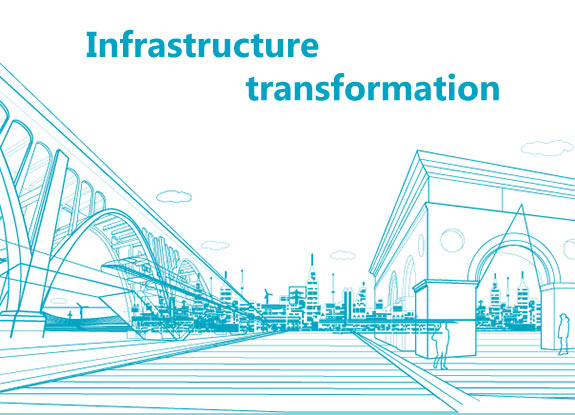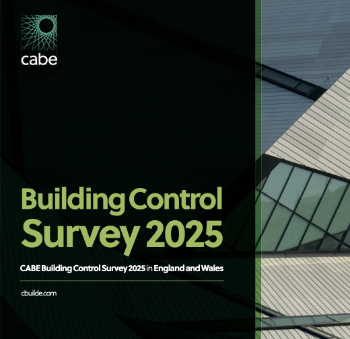Infrastructure Transformation
On 20 June 2016, the Institution of Civil Engineers (ICE) published its Infrastructure Transformation programme, a year-long dialogue drawing on professionals from across the built environment that aims to develop and share new thinking about how high-performing infrastructure can be delivered and operated in the UK and around the world.
The programme has come about in response to the unprecedented challenges the construction industry faces over the next 25 years. Infrastructure needs are changing, and the way it is delivered will need to change too. This has prompted ICE to ask, ‘...what are these challenges, and how can the construction industry meet them?’ The outcome of the ICE Council’s October 2015 Annual Strategy Meeting was a radical agenda to change how infrastructure is planned, delivered and operated so that it meets the needs of society.
Access to goods and services is being revolutionised as society becomes increasingly digitally-enabled. Communications, energy and transport networks can be used in much more efficient ways as data allows real-time decisions to be made. According to ICE, ‘...a new approach from the construction industry is required in order to understand what society really needs from its infrastructure going forward.’ It suggests that priority should be given to high-quality infrastructure services and systems management over simply delivering more and more ‘major projects’.
ICE has launched a Green Paper focusing on four key areas:
- Agile infrastructure: Infrastructure that is responsive and can adapt to the changing needs of the user.
- Artificial intelligence: The prospect of technology that can think rather than just do has enormous implications in terms of the industry’s project delivery speed, out-turn cost, and carbon emission reductions.
- Skills and delivery: The imperative to reduce cost, deliver faster, reduce emissions and improve asset performance.
- Autonomous vehicles: These could offer significant potential for meeting mobility demand.
If you're a civil engineer, work in the built environment or have an interest in infrastructure, ICE are asking for your thoughts and answers to this question.
Over the coming months they will be running hackathons and workshops and producing a range of digital content in an effort to address the Green Paper’s questions. If you are interested in getting involved please contact ice.org.uk ben.goodwin@ice.org.uk.
You can find out more and download the report here.
--The Institution of Civil Engineers
[edit] Related articles on Designing Buildings Wiki
- Articles by ICE on Designing Buildings Wiki.
- Agile.
- Civil engineer.
- Engineering smart cities.
- Government construction and infrastructure pipelines.
- Green infrastructure.
- Growth and Infrastructure Act.
- Infrastructure.
- Infrastructure and Projects Authority.
- Infrastructure UK (IUK).
- Internet of things.
- London infrastructure plan.
- Masterplanning.
- National Infrastructure Pipeline.
- Nationally Significant Infrastructure Projects.
- Smart cities.
- The growing importance of an evidence-based National Infrastructure Strategy.
Featured articles and news
Designing Buildings reaches 20,000 articles
We take a look back at some of the stranger contributions.
Lessons learned from other industries.
The Buildings of the Malting Industry. Book review.
Conserving places with climate resilience in mind.
Combating burnout.
The 5 elements of seiri, seiton, seiso, seiketsu and shitsuke.
Shading for housing, a design guide
A look back at embedding a new culture of shading.
The Architectural Technology Awards
The AT Awards 2025 are open for entries!
ECA Blueprint for Electrification
The 'mosaic of interconnected challenges' and how to deliver the UK’s Transition to Clean Power.
Grenfell Tower Principal Contractor Award notice
Tower repair and maintenance contractor announced as demolition contractor.
Passivhaus social homes benefit from heat pump service
Sixteen new homes designed and built to achieve Passivhaus constructed in Dumfries & Galloway.
CABE Publishes Results of 2025 Building Control Survey
Concern over lack of understanding of how roles have changed since the introduction of the BSA 2022.
British Architectural Sculpture 1851-1951
A rich heritage of decorative and figurative sculpture. Book review.
A programme to tackle the lack of diversity.






















